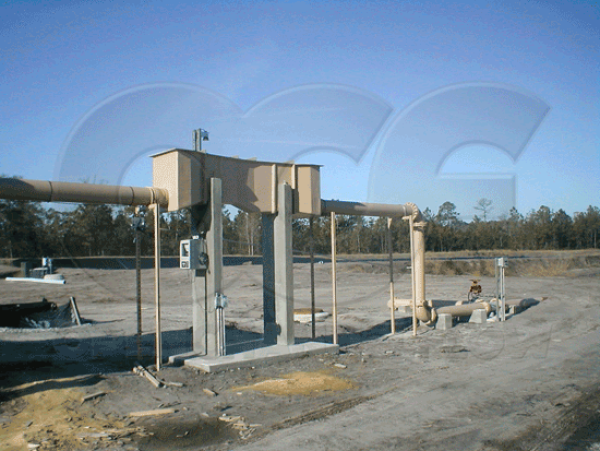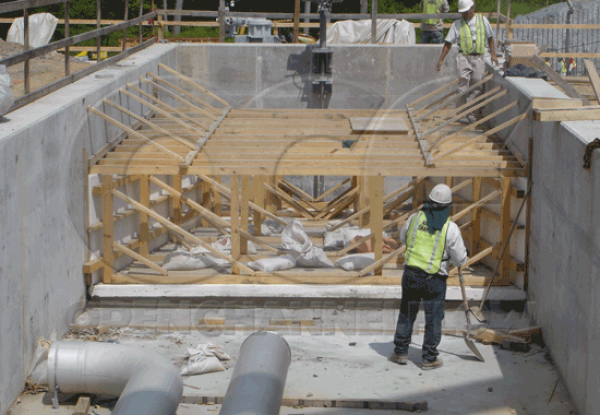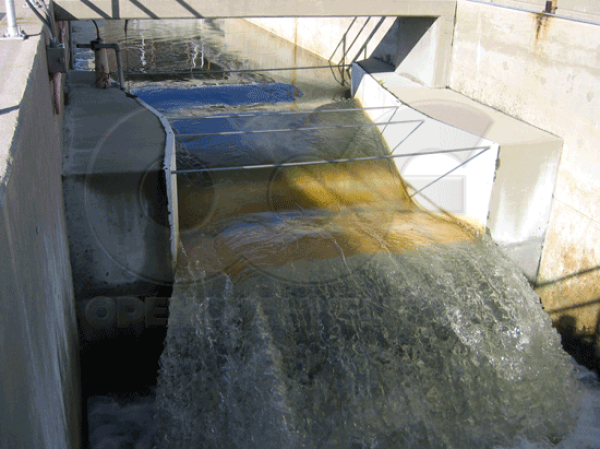This website uses a variety of cookies, which you consent to if you continue to use this site. You can read our Privacy Policy for
details about how these cookies are used, and to grant or withdraw your consent for certain types of cookies.
Freeboard, Flumes, and Flow Measurement
In flow measurement, freeboard is defined as the distance from the top of top of the water to the top of the flume or channel that it is in. For flumes, freeboard allows minor surface turbulence to exist without flow overtopping the sidewalls. The amount of freeboard is usually 1/6th of the flume’s depth at the primary point of measurement, Ha.

Most short throated flumes allow for some amount of freeboard, but not all do. When selecting a style / size of flume for a site, it is important to remember which flume have freeboard and which flumes don’t.
Flume that have freeboard above the maximum operating depths include: Parshall (and its modified Montana and UGSS Portable forms), Palmer Bowlus, and Trapezoidal (depending upon how diligently the manufacturer has rated the flume).
Flumes that do not have freeboard above their maximum operating depths include: Cutthroat, HS / H / HL, and Trapezoidal (depending upon how diligently the manufacturer has rated the flume).

Ideally, flumes without freeboard should have the fact clearly noted on their discharge tables to avoid confusion.
When using flumes without freeboard incorporated into their discharge tables, it is critically important that maximum flow rates are well known and that the flow entering the flume is well conditioned. Flumes without freeboard considerations in their discharge tables running near their maximum flow rates are extremely susceptible to overtopping – a condition much less likely in flumes with freeboard incorporated into them.
In addition to ensuring that a flume has sufficient freeboard to allow for any surges, peaks, or surface turbulence, it is also important to check that the upstream channel has sufficient freeboard to accommodate the flume and the adjusted flow levels after it has been installed.
Related Blog Posts
Explore more insights in our blog.

LOCATIONS IN ATLANTA, GA & BOISE, ID




